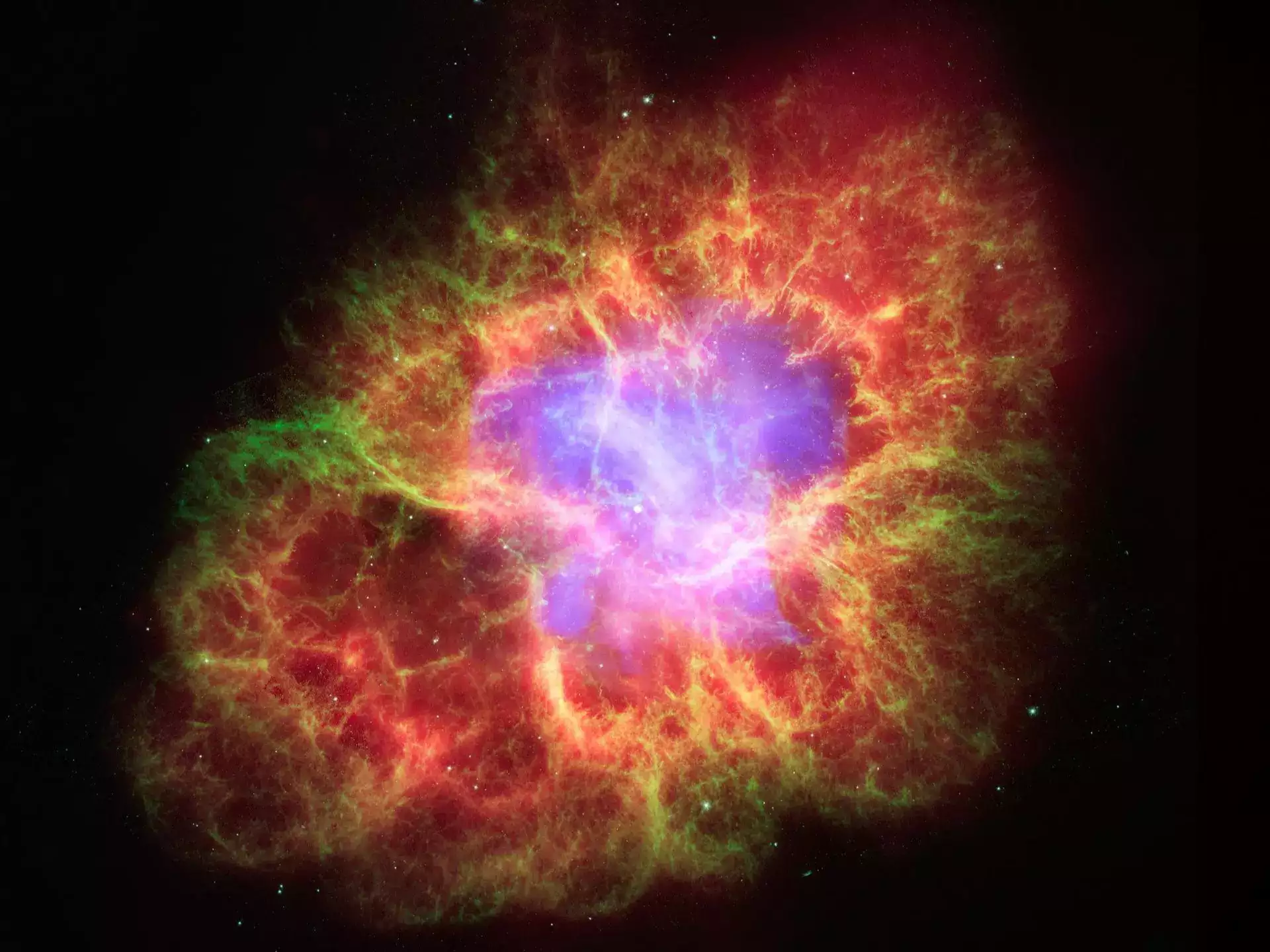Neutron Stars: The Explosive Romance That Could Spell Catastrophe for Earth
Neutron stars may be small in cosmic terms, but their density makes up for their size. In fact, just a teaspoon of these remnants from colossal supergiant stars would weigh a staggering 10 million tons on Earth! But what happens when two neutron stars collide and decide to engage in a cosmic romance? They create a dazzling display of light called a “kilonova,” marking one of the most violent events in the known universe. It’s like witnessing explosive chemistry!
However, detecting such an event is like finding a needle in a cosmic haystack. Only one kilonova resulting from the collision of neutron stars has been documented so far. Back in 2017, the Laser Interferometer Gravitational-Wave Observatory (LIGO) detected the gravitational wave signal GW 170817, along with its accompanying gamma-ray burst GRB 170817A. This extraordinary event occurred at a distance of 130 million light-years away.
Remarkably, we can detect these waves on Earth, even after they’ve traveled billions of light-years. But recently, scientists explored the hypothetical possibility of a kilonova occurring much closer to our planet, perhaps just 36 light years away. And the aftermath would be catastrophic for Earth, to say the least.
These cosmic encounters release an onslaught of destructive forces, including high-energy gamma rays and cosmic rays – charged particles moving at near-light speeds – in enormous quantities. The most immediate danger from a neutron star merger comes from the unleashed gamma rays. These high-energy rays can ionize atoms, stripping electrons and obliterating Earth’s protective ozone layer. However, for this grim scenario to unfold, our planet would need to be directly in the path of the gamma-ray jets, which is fortunately a localized effect.
The true catastrophe, however, would come from highly energetic charged particles known as cosmic rays. If these particles reach Earth, they would mercilessly deplete our ozone layer, leaving our planet vulnerable to ultraviolet radiation for thousands of years. Essentially, Earth would become an inhospitable wasteland.
Before you start panicking and preparing for doomsday, it’s crucial to understand the rarity of such an event. Neutron star mergers are not only uncommon but also have a limited range of lethality. In the grand scheme of things, we have more immediate cosmic perils to worry about, such as solar flares, asteroid impacts, and supernova explosions. While the idea of neutron star mergers is fascinating, our focus should be on addressing these other cosmic threats that require our immediate attention.

I have over 10 years of experience in the cryptocurrency industry and I have been on the list of the top authors on LinkedIn for the past 5 years. I have a wealth of knowledge to share with my readers, and my goal is to help them navigate the ever-changing world of cryptocurrencies.







